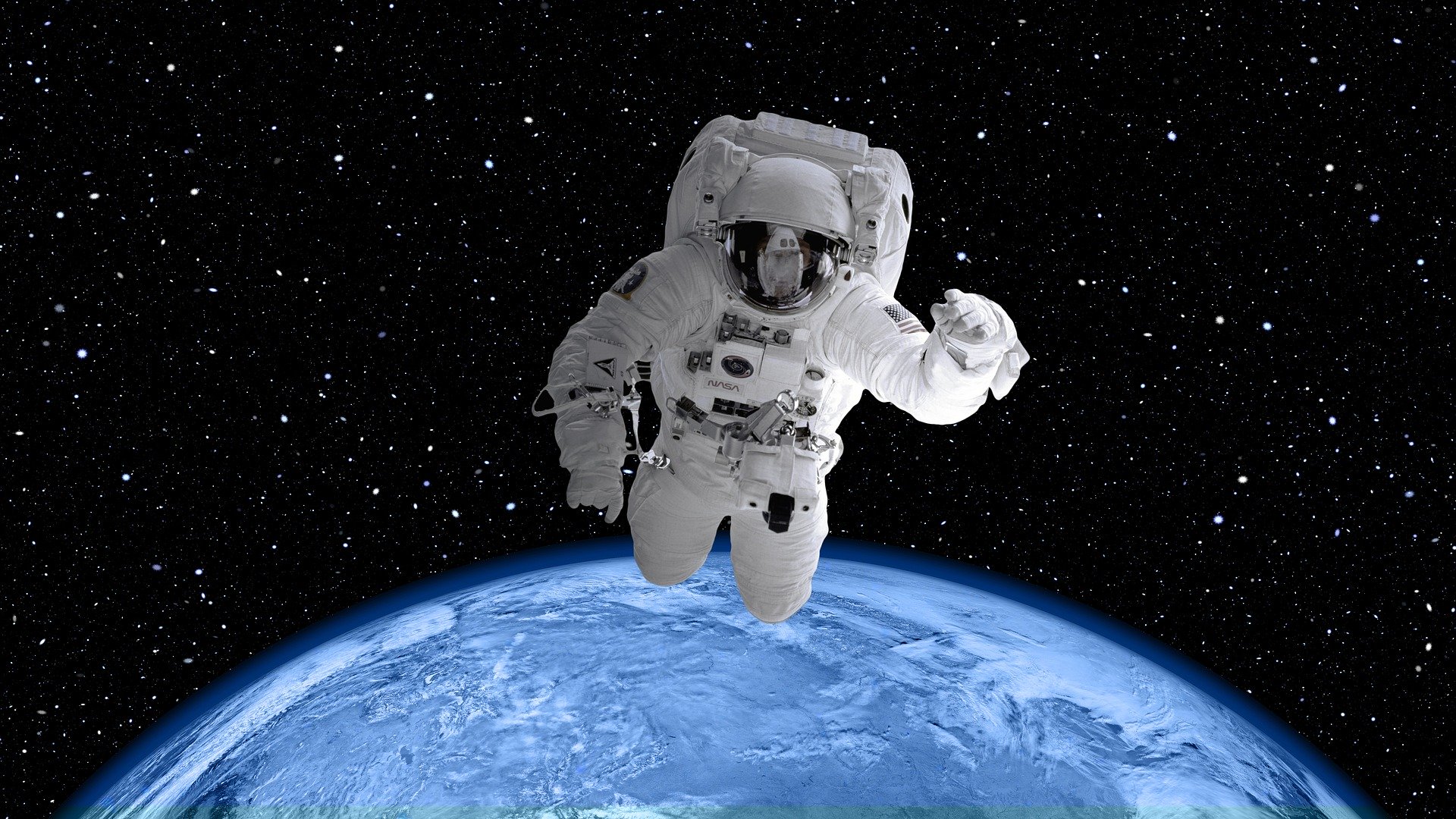In a request for information (RFI) published on 4 October, the US National Aeronautics and Space Administration (NASA) asked for industry feedback to “refine and mature the acquisition strategy for production and services for lunar spacesuits”.
NASA is currently designing and developing a new spacesuit system, called the Exploration Extravehicular Mobility Unit or xEMU, for use during its planned “Artemis missions” to the Moon, and which will be adaptable for other destinations both near and far.
This next generation of spacesuits is intended to give astronauts enhanced mobility to accomplish their exploration tasks on the lunar surface when they next step foot on the Moon in, NASA hopes, 2024.
The agency said it is “prepared to build and certify the initial spacesuits to support a demonstration in a spaceflight environment on the International Space Station in 2023 and the first trip to the lunar surface in 2024, as part of the Artemis III mission”.
After Artemis III is completed, NASA plans to “transition responsibility” for production, assembly, testing, sustaining and maintenance of a fleet of flight and training spacesuits and associated hardware to the US aeronautics industry.
They agency intends the new suit to be used in spacewalks “that may vary with dust, thermal conditions, operational requirements such as walking, driving rovers, or collecting samples, or gravity”. According to NASA, its “multi-destination design” will mean that the suits could be used for spacewalks on the space station or planned Lunar Gateway, and – with additional upgrades – future crewed missions to Mars.
It will “accommodate a broader range of crew sizes and improve fit, comfort, and astronaut mobility for tasks on the lunar surface”, and will have a “highly mobile lower torso” for walking and kneeling, and an upgradable life support system that can be adapted to fit new mission parameters and to include new technology.
“You won’t see the bunny hopping and falls like those seen in the Apollo videos, because we’ve added bearings and new soft elements to help the suit move smoothly with the wearer,” Marshall Smith, director of NASA’s Human Lunar Exploration Program, said in a statement.
“With the improvements to the suits for Artemis missions, astronauts can now open up new possibilities for science and exploration at the Moon,” he added. “With the help of partners from industry and academia, we have developed a suite of advanced spacesuit components in preparation for missions to distant destinations.”
“Now we will take the next step together in the boots of the new exploration suit for Artemis missions at the Moon,” Smith concluded.
In addition to production of these new spacesuits, NASA is asking for industry feedback on how contractors would “facilitate the evolution of the suits” and recommend improvements to the agency’s initial design.
The agency is also asking for information on “production and sustaining of toolkits astronauts will use during lunar spacewalks, crew-aids and vehicle integration hardware needed to support unique operations and interfaces associated with missions to Gateway and the lunar surface”.
NASA is interested in industry input on “lowering barriers to commercialization of the exploration suits and associated tools, interfaces, and other components”, including input on how future spacesuit production teams might be able to provide suit and spacewalk capabilities to non-NASA customers.


Leave a Reply